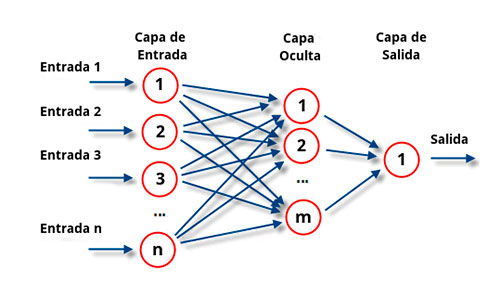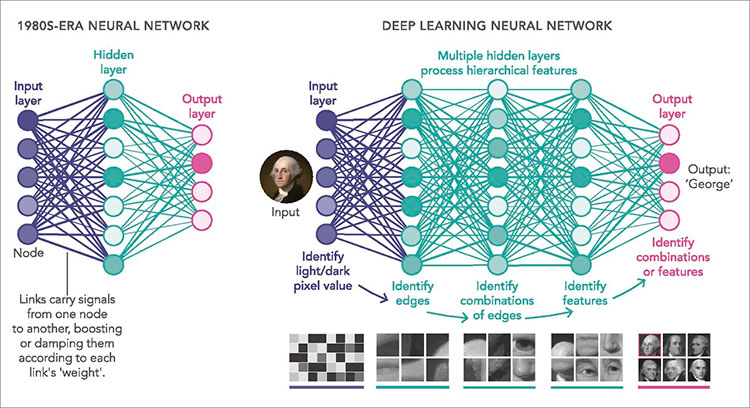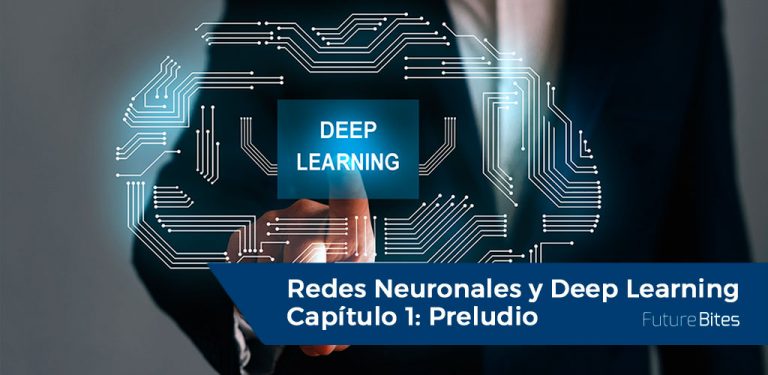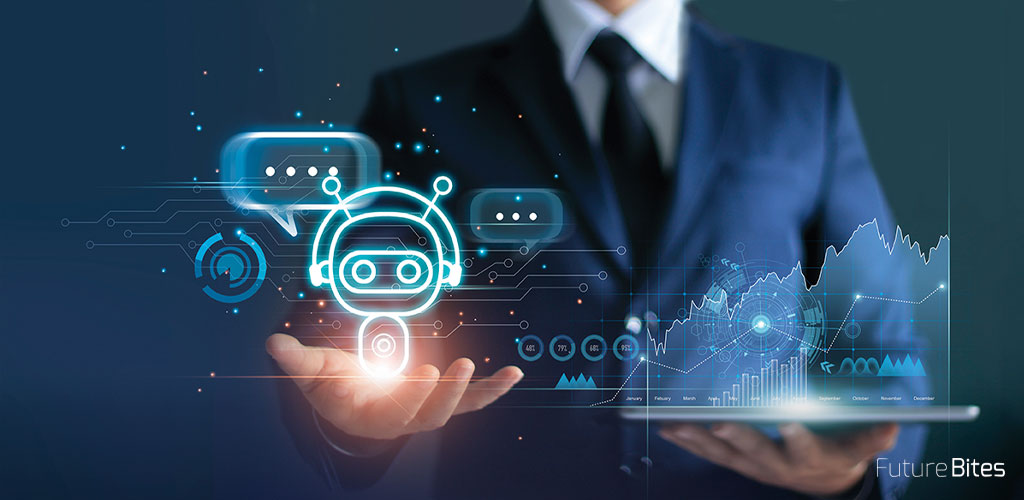Introduction
It is a reality that the concepts of Neural Networks and Deep Learning are among the main technological trending topics nowadays. These terms are usually intrinsic in all those amazing news we see today about autonomous driving, chess masters defeated by machines and a myriad of topics related to artificial intelligence.
In fact, in this type of news there is often the indistinct use of concepts that are not really synonyms such as Artificial Intelligence, Machine Learning, Deep Learning or Neural Networks. In this sense, the following image seems to me quite representative of the differences between these terms.

Bottom line:
- Artificial intelligence. Science that studies the development of applications and machines endowed with cognitive abilities that human reasoning when solving problems.
- Machine Learning. A subset of artificial intelligence that allows such systems the ability to learn from experience.
- Deep Learning. A subset of Machine Learning that is based on the use of deep neural networks for machine learning.
- Neural networks. It is true that they are not purely a subset of Deep Learning, but they do constitute the backbone of this field.
Now that we have clarified these differences it is time to talk about our two notions in question.
What is an artificial neural network?
Artificial neural networks are, in the first instance, one of the many existing Machine Learning algorithms. It is really an idea that was born in the 50s from the work of the scientist Frank Rosenblatt on perceptrons. However, its massive use has not started to happen until years ago with the improvement of the computational capacity.

A neural network, as its name suggests, is a simplified model that is inspired by the functioning of the human brain. It consists of a set of neurons, each of which represents mathematical functions. These neurons process input values that are combined together to give an output value. In turn, the output values of different neurons can be combined together serving as input values for neurons in subsequent layers. In the end, the neural network produces a single output usually in the form of a prediction. The interesting thing about this method is that the information is learned in a hierarchical and layered way. For example, a neural network in its early stages may learn to detect shapes, then learn to detect wheels and mirrors, and finally learn to distinguish cars.

In this way and according to the previous image, the more layers the neural network has, the more abstract and interesting will be the concepts that it is able to detect. Now we are ready to deal with the next term.
Deep Learning: One step further
As we mentioned a moment ago, the deeper our neural network is, the more interesting the results obtained will be. It is from this idea of depth, or number of layers, that the term Deep Learning is born. Let's say that Deep Learning is nothing more than a vitaminized version of Machine Learning and neural networks. After all, this concept was born when the computational capacity has reached levels that allow the development of these neural networks with a very high number of layers, as illustrated below.

These advances have allowed these models to be applied in numerous areas of knowledge, obtaining exceptional results. Below we comment on some of the most outstanding ones.
Stock market prediction
The rise of Deep Learning has generated a new trend in stock market prediction and stock trading, a highly volatile and high-risk market. Historically, traders have made use of experience and pattern recognition when trading the stock market. These characteristics are precisely the strengths of Deep Learning, which allows this type of algorithms to begin to be an alternative that are much more accurate in their predictions than human stock market advisors.
Natural Language Processing
This field is undoubtedly one of the most benefited by Deep Learning, highlighting algorithms for text generation, language translation... In this sense algorithms like OpenAI's GPT-3, Google's Bert... are making a difference.
Autonomous driving
There is a lot of talk about self-driving cars, and the fact is that computing power and neural networks have made it possible to process and make streaming decisions from tons of information collected by numerous sensors in vehicles.
Other use cases
We have commented on the most famous use cases, but it is worth highlighting some others such as:
- Image recognition.
- Voice recognition.
- Fraud prediction.
- Prognosis of diseases.
- Personality prediction.
For all this and much more, Deep Learning and consequently neural networks have become the algorithms in vogue in recent years. After this introduction, in the following articles we will talk more in depth about the step by step operation of these algorithms as well as their main applications.












